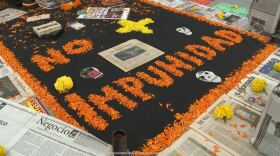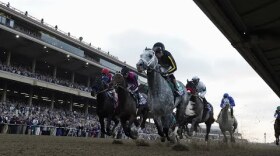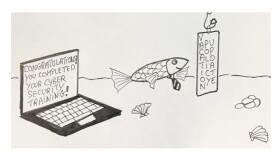Thousands of San Diegans dropped, covered and held on at 10:20 a.m. Thursday during the Great California Shakeout earthquake drill.
The annual event provided an opportunity to practice safety measures and take steps to prepare for the "Big One."
It came about three weeks after the state Office of Emergency Services warned of a heightened chance of a major earthquake along the southern stretch of the San Andreas fault following a swarm of around 150 small temblors under the Salton Sea. No major earthquake occurred, but that area of the fault is consider overdue for a temblor of a magnitude of 7.0 or above.
RELATED: San Diego Researcher Discovers New ‘Potentially Significant’ Earthquake Fault
"When the shaking starts, what do you think of? You think about `I've got to get down underneath something so I'm protected, so nothing falls on me or is thrown against me,"' geologist Pat Abbott told CBS8. "You're no good to anybody if you're injured, so the thing you've got to do during the shaking is look out for yourself."
Organizers said 10.5 million Californians were registered to take part in the drill, including nearly 975,000 in the San Diego region — the majority of them schoolchildren.
According to county emergency officials, the most important thing to do when the shaking starts is to protect your head from items that might fall.
They suggest dropping, covering and holding on under a sturdy table or desk. If it's not possible to get under a desk or table, people can get on the ground or floor while covering their head and stay away from hanging fixtures, windows, glass or furniture that could topple over.
Other safety recommendations are online at ShakeOut.org and ReadySanDiego.org.
The most recent earthquake that was felt around the county occurred June 10. The magnitude-5.2 shaker struck in Anza Borrego Desert State Park. It triggered a minor rockslide on Montezuma Valley Road, about 14 miles southeast of Borrego Springs, but there was no major damage.






